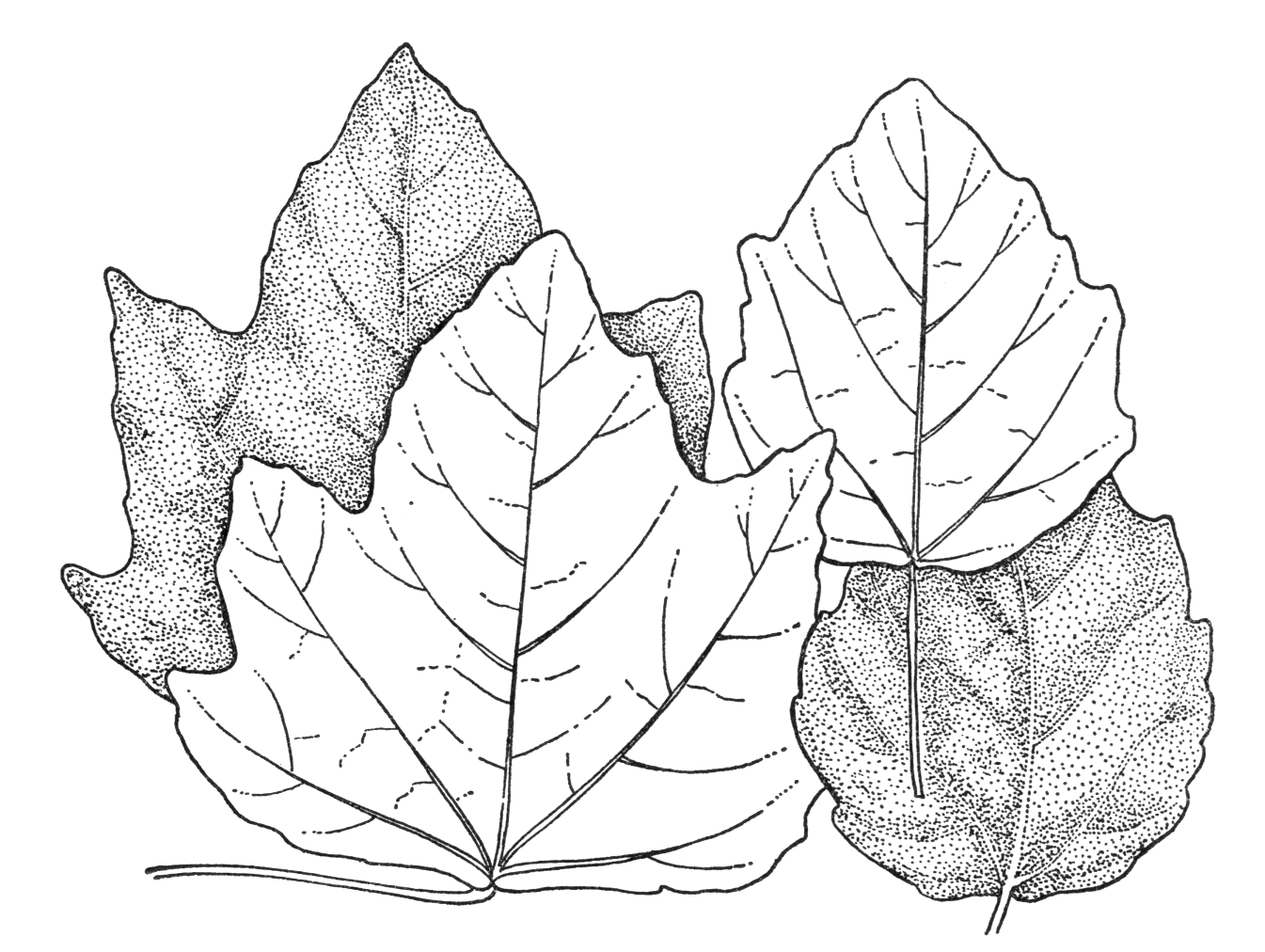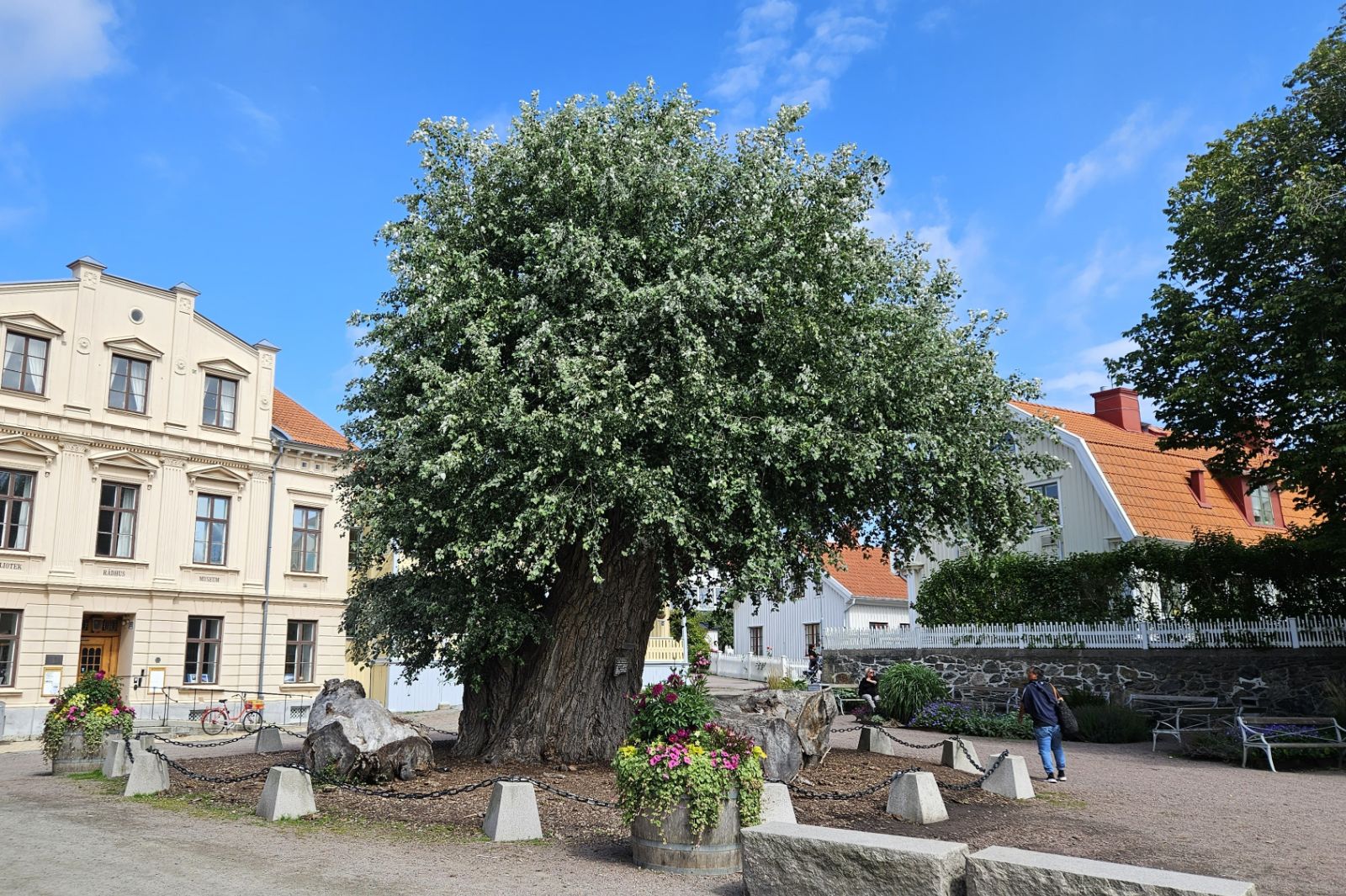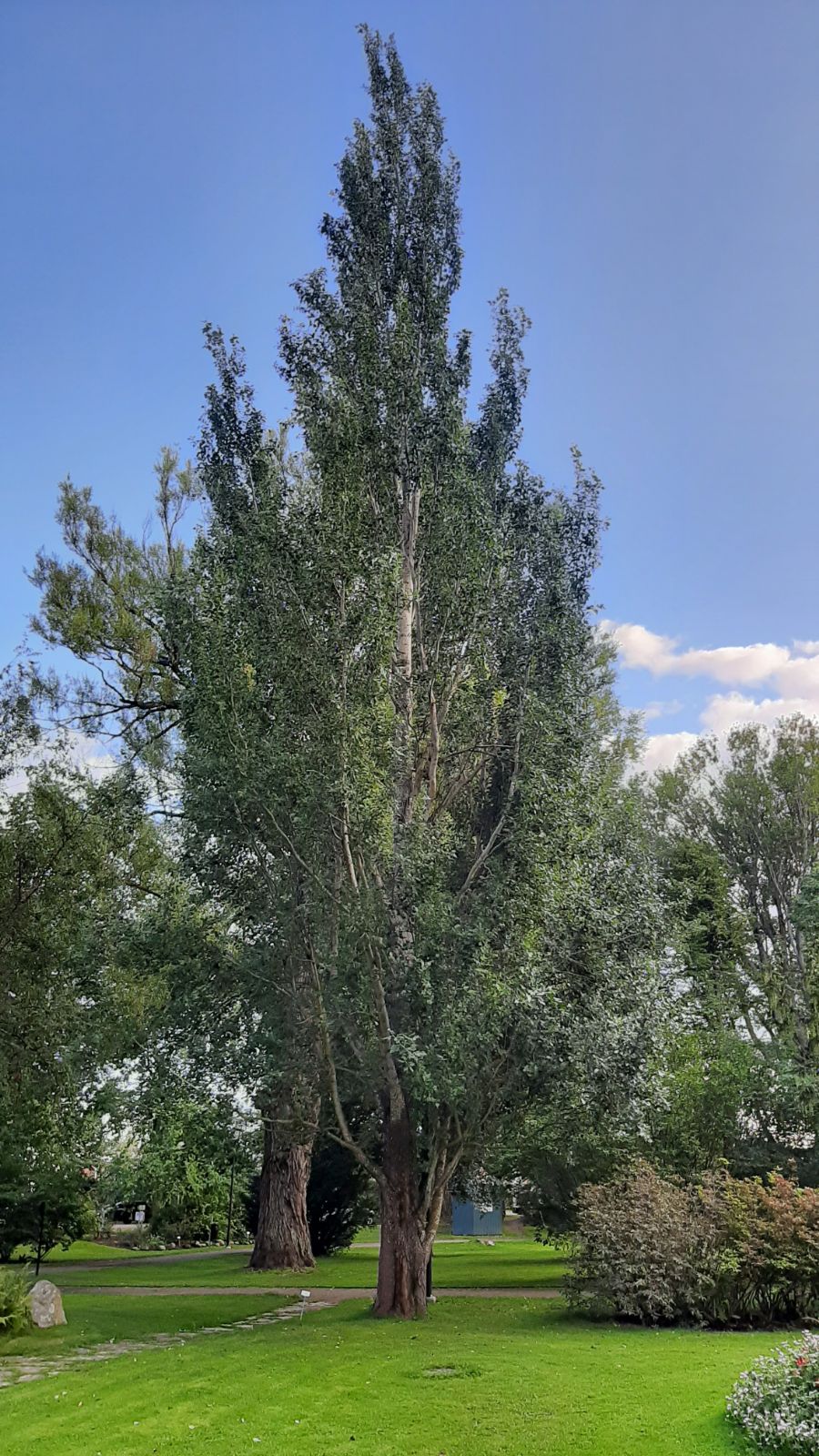Populus alba
Credits
Article from Bean's Trees and Shrubs Hardy in the British Isles
Recommended citation
'Populus alba' from the website Trees and Shrubs Online (treesandshrubsonline.
Genus
Synonyms
- P. alba var. nivea Ait.
Infraspecifics
Other taxa in genus
- Populus acuminata
- Populus adenopoda
- Populus angulata
- Populus angustifolia
- Populus balsamifera
- Populus × berolinensis
- Populus × canadensis
- Populus candicans
- Populus canescens
- Populus ciliata
- Populus deltoides
- Populus fremontii
- Populus × generosa
- Populus glauca
- Populus grandidentata
- Populus heterophylla
- Populus koreana
- Populus lasiocarpa
- Populus laurifolia
- Populus maximowiczii
- Populus nigra
- Populus purdomii
- Populus sargentii
- Populus simonii
- Populus szechuanica
- Populus tremula
- Populus tremuloides
- Populus trichocarpa
- Populus tristis
- Populus wilsonii
- Populus yunnanensis
A tree said to be 90 to 100 ft high, but I have seen none much more than half that size in this country; bark of trunk smooth; young shoots and lower surface of the leaves covered with a thick, vividly white wool, which on the lobed leaves persists and keeps white until the fall of the leaf. Leaves variable; rounded to slightly heart-shaped at the base, blunt-pointed; on short twigs they are broadly ovate or almost round, irregularly wavy at the margins, 1 to 2 in. long; on vigorous shoots and young trees they are much larger, usually of maple-like form, being deeply three- or five-lobed and from 11⁄2 to 5 in. long, each lobe with a few large teeth. When the leaves first expand they are covered above with a loose white floss which falls away during the summer, leaving the upper surface very dark green and glabrous; stalk 1⁄2 to 11⁄2 in. long, woolly. Male catkins about 3 in. long; females 2 in. long.
A native of western and central Eurasia and N. Africa, occurring in Europe mainly in the eastern and southern parts. It is not a native of Britain, where it has been much confused with P. canescens. Its eastern limit is in Central Asia and the N.W. Himalaya.
The true white poplar very rarely attains a large size in this country, being short-lived. Large trees identified as white poplar are almost invariably P. canescens (q.v. for the points of difference). The degree of lobing on the long shoots of P. alba is variable on wild trees, being most marked in those of south-eastern Europe and in Asia, and least in the var. subintegerrima Lange, from S. Spain and N. Africa, which has leathery leaves that are scarcely lobed even on the strong shoots. The poplar which Dode named P. hickeliana belongs to this variety.
The foliage of P. alba sometimes turns a fiery red in the autumn, though yellow is the more usual colour. It is a useful tree in seaside localities, because of its tolerance of salt spray, and is also being increasingly used in roadside screens, etc.
Two trees in the University Parks, Oxford, appear to be true P. alba. Both are 8 ft in girth and just over 80 ft in height (1965). In Osterley Park, London, there is a specimen measuring 70 × 71⁄2 ft (1965).
From the Supplement (Vol. V)
As remarked on pages 299–300, the true white poplar is extremely rare in Britain in its normal form. The tree mentioned in the University Parks, Oxford, no longer exists and the Osterley Park tree has not been remeasured.
cv. ‘Pyramidalis’.- specimens: Kew, behind General Museum, 70 × 71⁄4 ft (1975); Valentine’s Park, Ilford, Essex, 66 × 53⁄4 ft (1984); University Botanic Garden, Cambridge, 62 × 81⁄4 ft (1982); Jephson Gardens, Leamington Spa, Warwicks., 70 × 71⁄4 ft (1981).
† cv. ‘Rocket’ (‘Raket’). – This is the result of a deliberate cross between a wild form of P. alba (seed-parent) and P. alba ‘Pyramidalis’ (‘Bolleana’), put into commerce in 1972. It is of erect growth and said to be an improvement on ‘Pyramidalis’.
'Globosa'
A dwarf form making a rounded, bushy head. Leaves roundish, with slightly lobed or undulated margins. Very slow-growing. It was put into commerce by Späth towards the end of the last century but is little known in this country.'Paletskyana'
The poplar, described by Dode from a cultivated plant received from Russia, and named by him as a species, has the leaves on the long shoots very deeply lobed and probably represents the eastern race of P. alba.'Pyramidalis'
Common Names
Bolle's Poplar
A slender pyramidal tree of great beauty, resembling the Lombardy poplar in habit, but wider in proportion to its height, and distinguishable in winter by its smooth, pale trunk. The leaves on the strong shoots are deep, glossy green above, densely white woolly beneath even in late summer, deeply lobed and lobulate; leaves on the spurs almost glabrous beneath by late summer, roundish in general outline, but coarsely lobulate.This poplar is not known in the wild but is cultivated in Central Asia and the Near East. It was described by Bunge as P. alba var. pyramidalis from trees forming a little grove on the north side of the Karatau mountains, between Bokhara and Samarkand, and was introduced to Europe between 1875 and 1878. It has also been known as P. bolleana Carr., or P. alba var. bolleana. It is said to differ only in habit from the race of P. alba found in Central Asia, though some authorities consider it to belong to a distinct species.The tree at Kew near the Fern House, mentioned in previous editions, was removed in 1953. The present specimen grows near Kew Road, close behind the General Museum, and measures 80 × 6{3/4} ft (1967); at Marble Hill, Twickenham, there is an example of almost exactly the same size (1968).
'Richardii'
Upper surface of leaf golden yellow, the underside and the young shoots felted with white wool as in the type. First shown at the International Exhibition, Chelsea, 1921. There is an example at Syon House, London, measuring 50 × 5{1/4} ft (1968).




